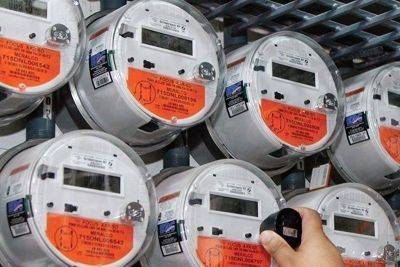Examining Malabon’s flooding problem
By Paolo G. Uy, SDO Malabon
Annabelle Reoyan, 52, has lived most of her life in Barangay Catmon, Malabon City. For years, she has been careful and prepared whenever a typhoon was expected to bring heavy rain in their area.
One of the biggest challenges that her family faced was Super Typhoon Yolanda (Haiyan) in 2013, which was also known as one of the strongest disasters to hit the Philippines. The drainages could not handle the amount of rainfall that it brought, threatening to damage any property that has not been properly secured.
Reoyan knew the amount of destruction that a typhoon can bring to an unprepared community. Her barangay has made efforts to make sure that they can face typhoons. Drainages were occasionally cleaned, and most people know what habits they must avoid. Still, some people are not as informed as she is.
Malabon, being in the Philippines’ busiest metropolis, has a booming economy bigger than most of the areas in the country. But along with the city’s growth, countless packages, plastics, and paper bags becoming wastes and polluting Metro Manila’s surrounding bodies of water. According to an Ocean Conservancy report, more than half of ocean pollution comes from five Asian countries, and the Philippines is one of them.
Typhoons wreak havoc on this city every year, leaving floods in their wake. While residents seem to have become used to these floods, they were also unaware that the problem was caused by pollution that they produce themselves.
Roots of the flooding problem
But what causes the pollution problem in Malabon? The answer may lie in the behavior of the residents themselves.
Social psychologist Wesley Schultz once found that the inconvenience of throwing litter in a trash can is one of the possible factors why people resort to pollution.
“We found that the distance to a trash receptacle was the strongest predictor of littering. So the farther away you are from a trash can or recycling container, the more likely you are to litter,” Schultz said.
But that simple inconvenience may lead to even bigger hassles such as floods. Garbage that ends up in drainages will clump together and block them. When the rain pours, there is so much






